We are excited that Oregon Senators Ron Wyden and Jeff Merkley introduced a new bill to Congress recommending an additional 4,700 Oregon Wild and Scenic river miles. Called the River Democracy Act (S. 192), the Senators based their recommendations on your 15,000 river nominations across the state.
As commercial river guides and stewards, we are especially thrilled that 724 of 4,700 river miles are in Southern Oregon watersheds where we live and work. Here are a few of these gems, and how you can help get this bill over the finish line.
New and Expanded National Wild and Scenic River Segments
- Illinois River tributaries including Josephine, Silver, and Indigo Creeks
- The West Fork Illinois Watershed including the Rough and Ready Creek Watershed
- Baldface and Chrome Creeks (Chetco and North Fork Smith Rivers)
- Rogue River headwaters and lower tributaries
- Applegate River headwaters
What is a Wild and Scenic River?
A National Wild and Scenic River is an additional Congressional protection on waterways within public lands. To qualify, waterways must be free-flowing and contain noteworthy characteristics that make them unique. The Wild and Scenic Act thus labels these traits “Outstanding and Remarkable Values” (ORVs). More specifically, ORVs can include cultural history, geology, recreation, botany, water quality, etc.
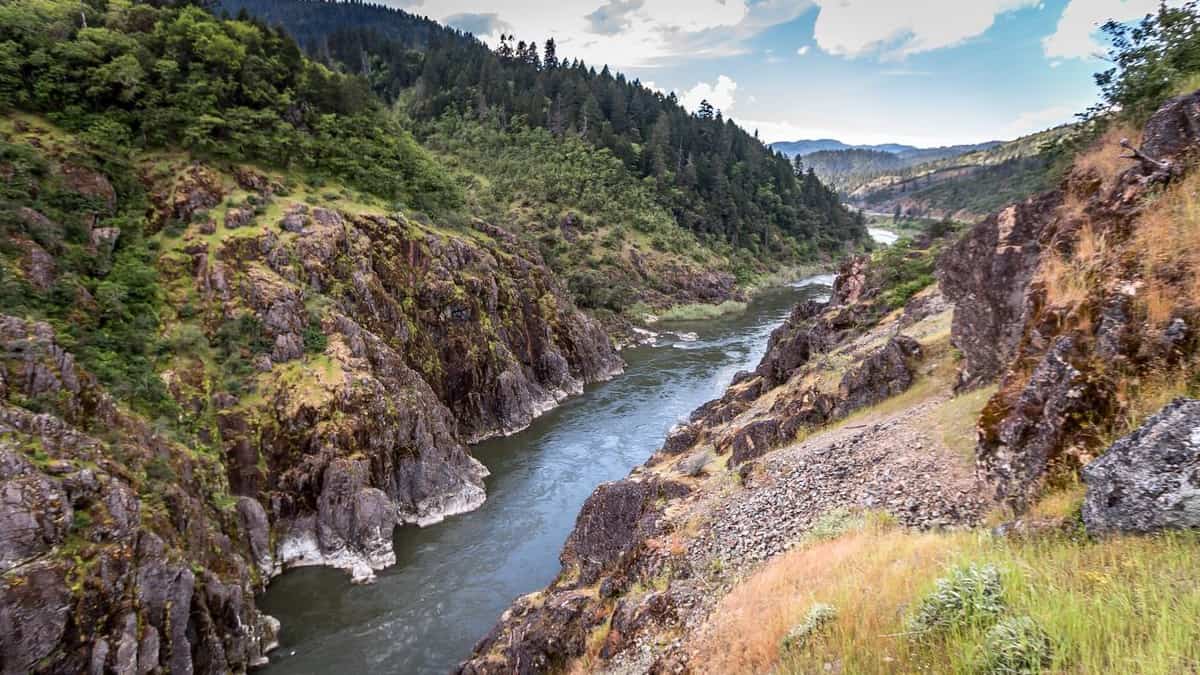
Once a river’s ORVs are deemed worthy by the managing body (usually Forest Service or BLM), reaches are classified by accessibility and previous development. Any “Wild” segments are usually primitive, accessed on foot. Any “Scenic” and “Recreational” segments are progressively more accessible. Consequently, they are usually slightly developed by roads or past impoundments. After designation, agencies then develop management plans that maintain these ORVs at each segment.
Southern Oregon Wild and Scenic Highlight #1: The Illinois River Watershed
While 50.4 miles of the Illinois River are currently protected under the Wild and Scenic Rivers Act, the tributaries supplying its nationally outstanding clean and cool water are not. Just like the Illinois, they are known as rare botanical wonderlands and adventurous paddling destinations. Not to mention that the Illinois system is one of only two Oregon river systems without hatchery supplementation. In other words, the anadromous fish in the Illinois Basin are among the most genetically intact populations in the Pacific Northwest.
In response, the River Democracy Act specifically nominates most of the 33.8 mile Josephine Creek watershed (including Canyon Creek), 76.5 miles of Silver Creek watershed, 43.7 miles of the Indigo Creek watershed, and 16.8 miles of the West Fork Illinois River watershed (including Rough and Ready Creek, its tributaries, springs, and rare plant wetlands).
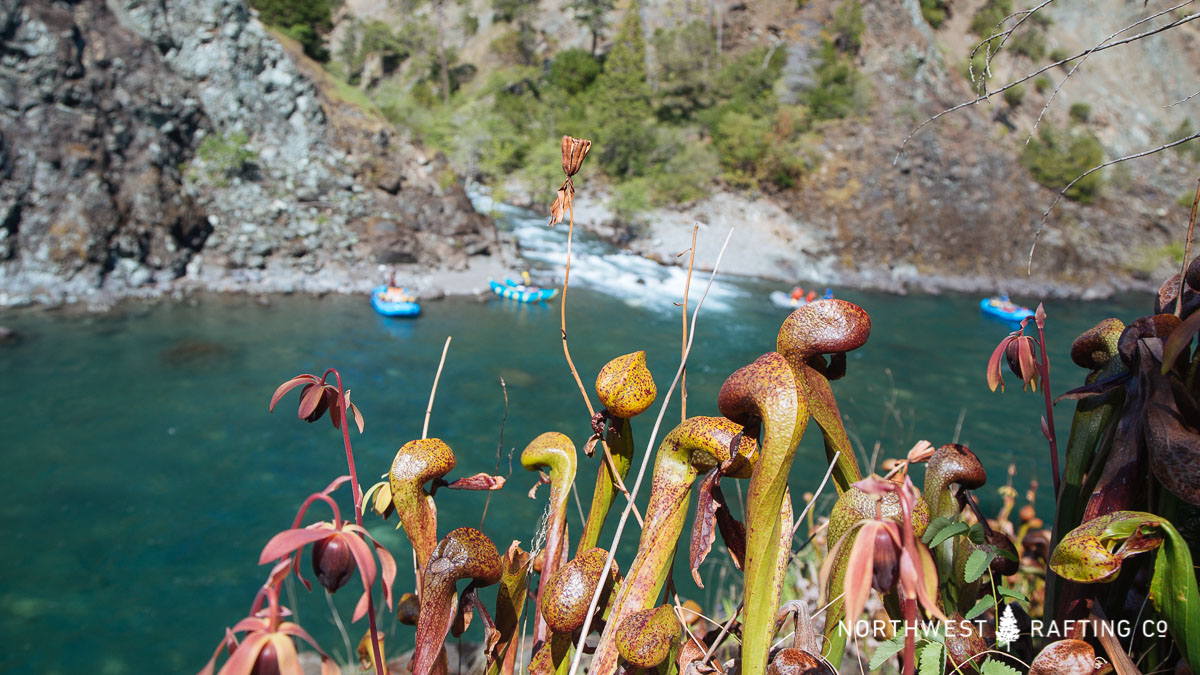
Nominating Illinois tributaries culminates decades of work. The local garden club helped establish the Rough and Ready State Park in 1937 due to its botanical significance. These wetlands are host to rare plants once proposed for protection under the Endangered Species Act. Later in 1994, the U.S. Forest Service classified these reaches as eligible for Wild and Scenic status. Finally in 2016, Rough and Ready gained a 20 year ban to new mining claims.
To summarize, The River Democracy Act includes many important tributaries of the Wild and Scenic Illinois River, acknowledging its significance as a botanical and wild fish stronghold. It furthers this long-term effort by withdrawing the delicate serpentine source wetlands surrounding the Illinois from mining.
Southern Oregon Wild and Scenic Highlight #2: The Chetco and North Fork Smith Watersheds
The Chetco and North Fork Smith River systems are also located within the Kalmiopsis Wilderness and Roadless Areas. Until now, their headwaters are vulnerable to existing and viable mining claims, including the 13.26 mile Baldface Creek watershed, the 17.29 mile Chrome Creek tributaries, and a 51.5 miles of Chetco tributaries (including Babyfoot Lake). These areas contain stellar water quality and numerous rare plant species thanks to their unique serpentine geology.
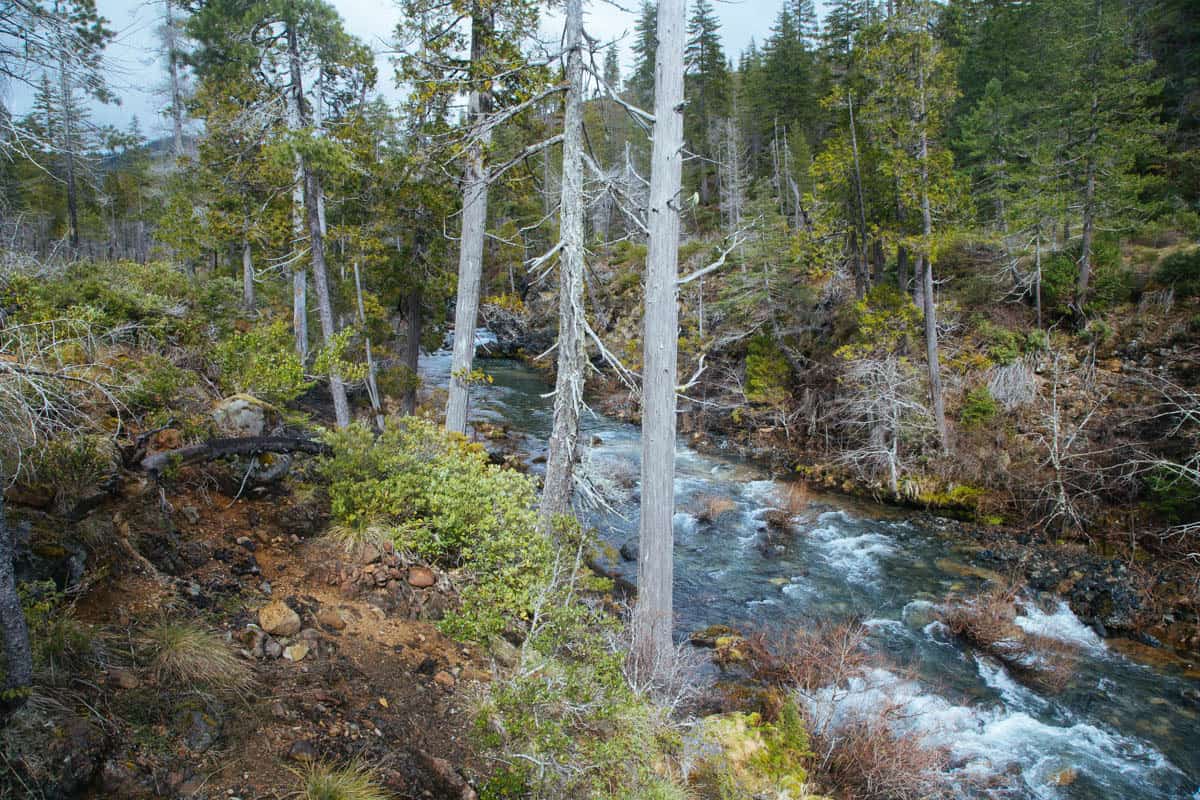
Southern Oregon Wild and Scenic Highlight #3: The Upper and Lower Rogue River Tributaries
Once again, we have the opportunity to nominate Rogue River tributaries to the Wild and Scenic Rivers Act. Complementing the recently designated middle Rogue tributaries from 2019, we can add 169.4 miles of upper headwaters and lower coastal creeks to the list.
Notable creeks include the Upper and Lower Shasta Costa Creek, familiar to recreational boaters and fishermen who drive through its steep watershed on Bear Camp Road back towards Grants Pass. Yet others include Union Creek and the South Fork Rogue River near Prospect, Oregon. These upper reaches help supply the cold water that salmon need for successful spawning.

Honorable mentions (but no less important) for Southern Oregon include an additional:
- 64.7 Applegate River and headwaters miles
- 237.2 Umpqua River and tributary miles
- 65.7 Owyhee River and tributary miles
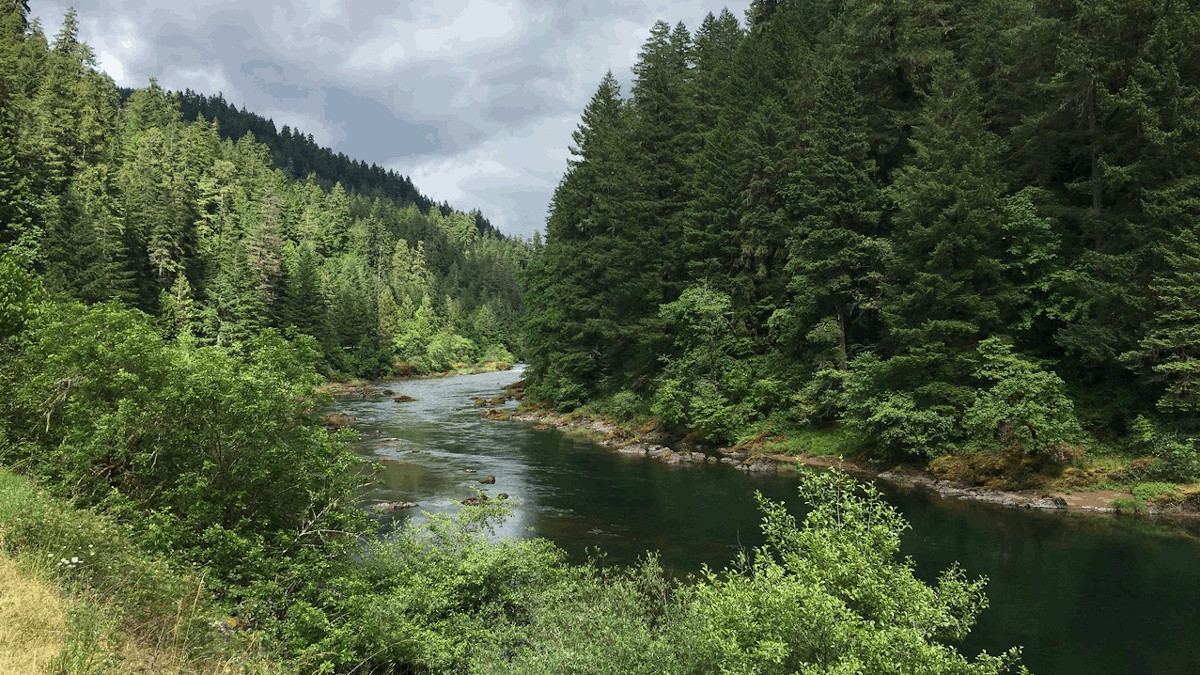
What does this mean for Southern Oregon?
Nominating Southern Oregon’s waterways has concrete benefits for Southern Oregonians. For example, Rogue River recreation alone generates at least $30 million for the community including $15.4 million in personal income. In addition, the Illinois and Chetco Rivers provide clean drinking water for Cave Junction and Brookings respectively. The coastal Kalmiopsis rivers and the Rogue further offer some of the most valuable salmon and steelhead habitat on public lands. By adding more miles, the River Democracy Act seeks to preserve this natural productivity. We can now be more confident that these rivers will sustain our livelihoods for generations.
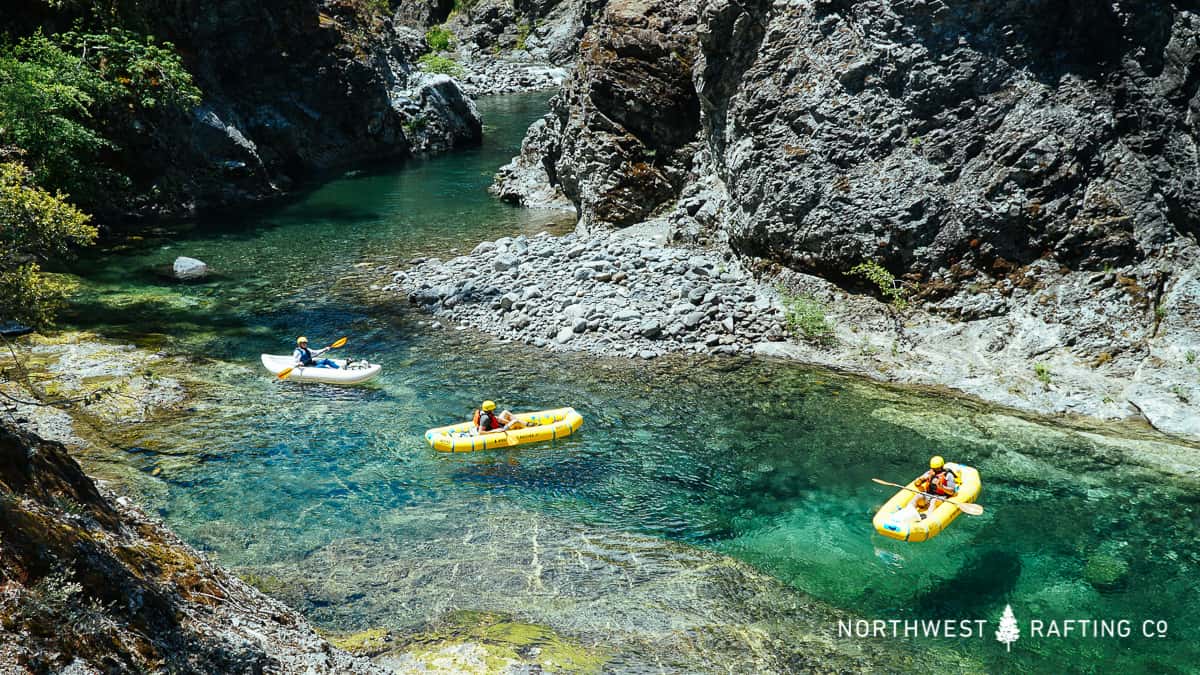
But beyond preservation, new bill language will also enhance Southern Oregon’s river productivity. The River Democracy Act encourages restoration projects and land acquisitions. Now future management plans can allocate funds to create restoration jobs, investing long-term in the area. Moreover, Senator Wyden further recognizes entire headwater regions and doubles the protection zone around river segments. As a result, management plans will have better outcomes because they can take care of rivers on public lands as a whole instead of isolated segments. Lastly, the bill prohibits future mining within these zones while still acknowledging that all existing resource projects can move forward. In other words, land, water, and people are inextricably connected and support each other. These Oregon amendments help the River Democracy Act better reflect this reality.
How Can I Help Pass the River Democracy Act?
You can help give the River Democracy Act momentum by bringing attention to the new bill.
Start by sharing this sample tweet:
Thank you @RonWyden for listening to Oregonians and protecting 4700 more river miles under the National Wild and Scenic Rivers Act.
Additionally, you can encourage your Congresspeople (in and out of Oregon) to pass the bill by writing and calling their offices. Use this link to contact your Congressperson. Or, use Oregon Wild’s handy form to thank Sens. Ron Wyden and Jeff Merkley directly.
Finally, participate in the National Wild and Scenic River Challenge! Visit a proposed or existing National Wild and Scenic river and share a photo, tagging your congressperson and @nwrafting (we have visited 47 Wild and Scenic river reaches, can you beat us?).
Stay Informed on the River Democracy Act
Introducing the River Democracy Act marks a huge first step on the road towards land and water protections. Adding 4,700 Oregon Wild and Scenic river miles more than doubles our current protections. Consequently, it helps protect nearly 6% of the state’s total river miles. It also becomes one of the state’s biggest land conservation proposals in history.
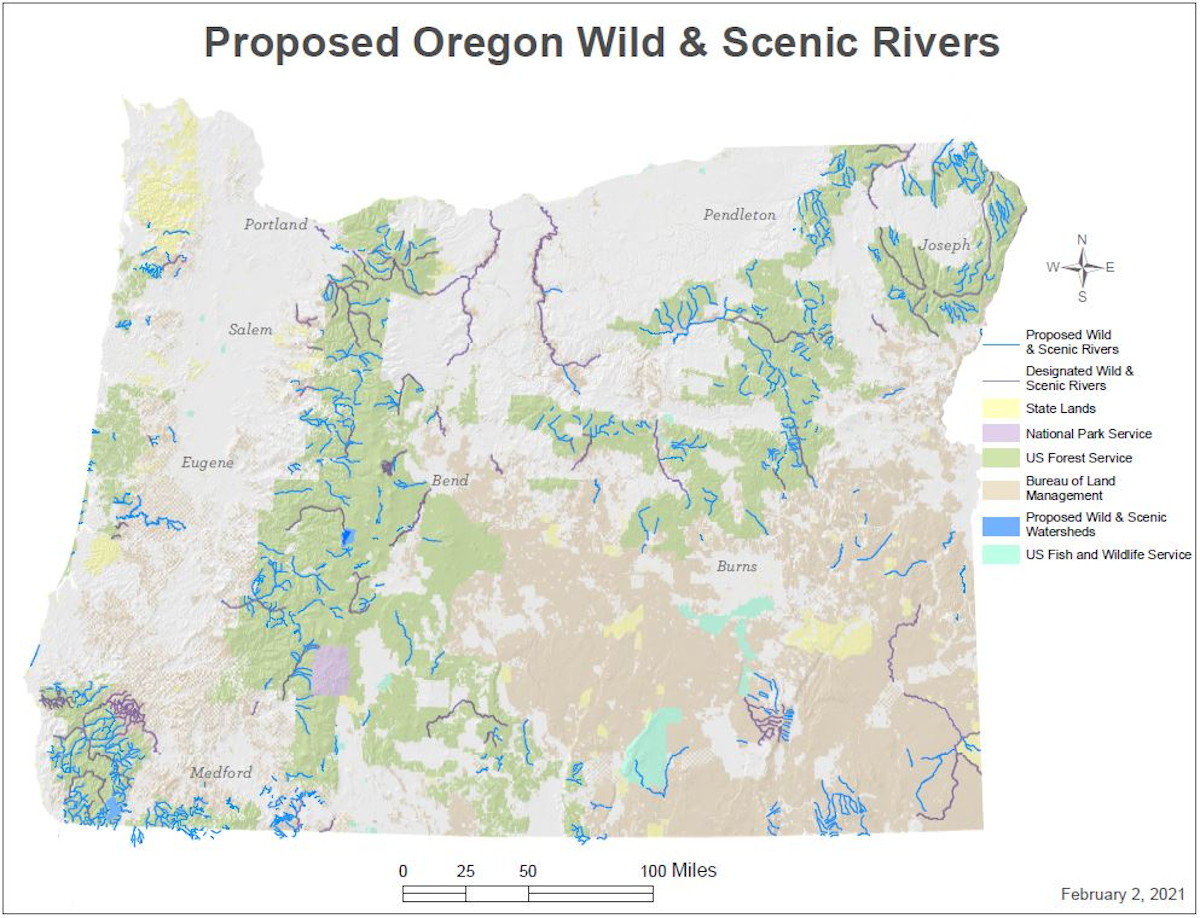
As the Wild and Scenic bill moves through Committees and towards a vote, stay informed of its progress. Bookmark American Whitewater stewardship, American Rivers resources, and Oregon Wild’s Press Room to get the most up-to-date information.
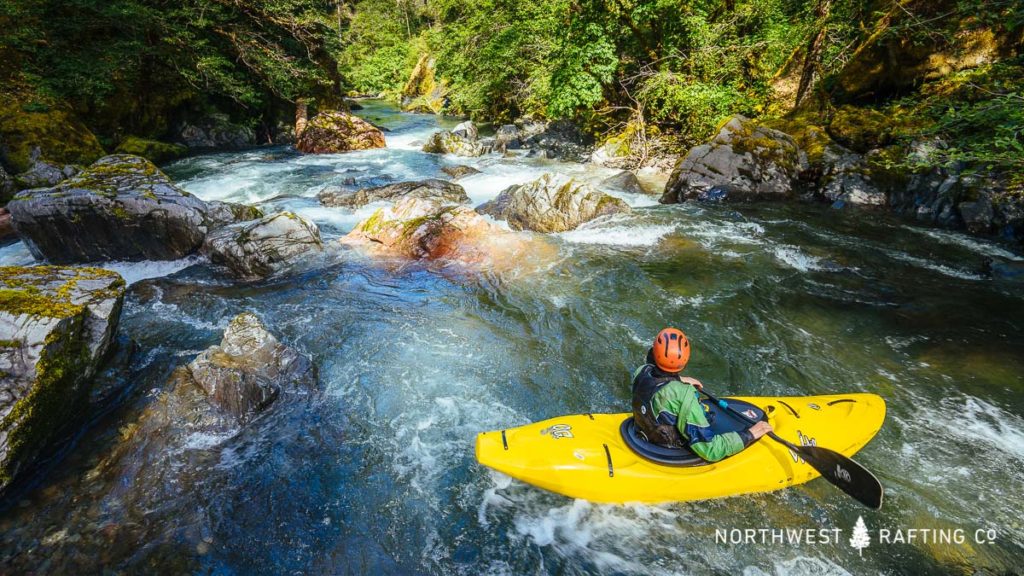
Thanks to you, our Oregon Senators wrote an incredible bill celebrating Southern Oregon rivers. Keep up the good work!